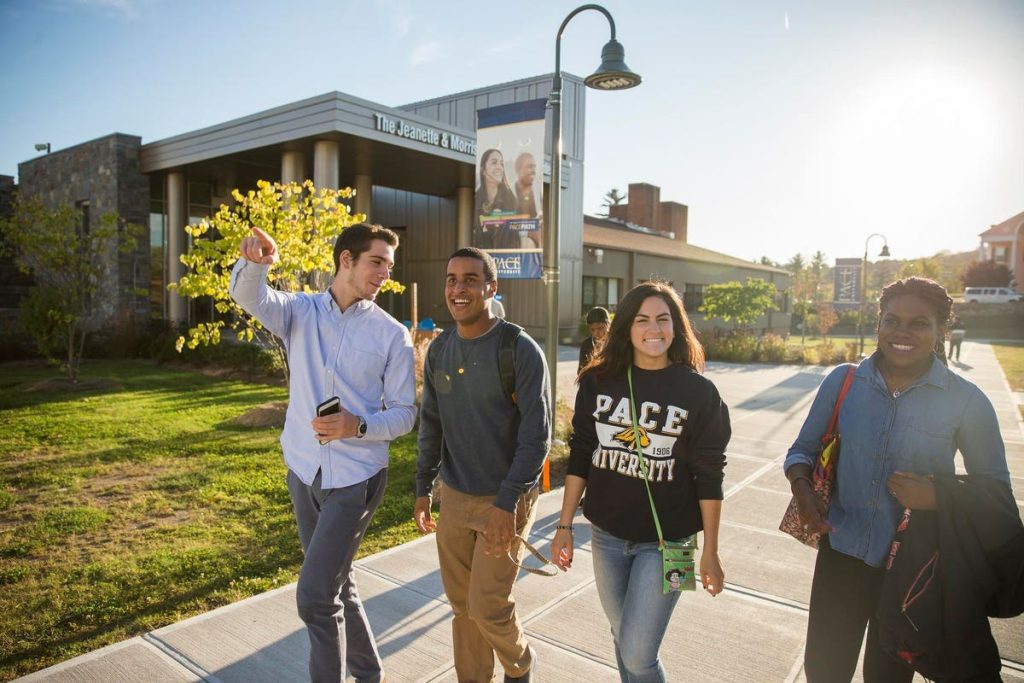This is officially our third back-to-school season since widespread vaccination brought about the beginning of the end of the crisis phase of pandemic.
Two years ago, in September 2021, we returned hopeful but wary, eager to get back to our regular lives but watching a Delta drive renewed precautions. Last year, we came to campus resilient but exhausted, ready to move forward but worn down by two and a half years of disruption and dislocation.
This year, I’m happy to report, it really feels like we’ve turned a corner. As I see students on campus and run into faculty in hallways, as I chat with colleagues between meetings and hear from students in the class I teach each fall, I’m getting a different feeling than I have in some time. It’s a sense of cautious optimism. A sense that things are different. A sense that we’re all ready to put all the challenges and difficulties behind us, shake off the malaise of the past few years, and dive into something new.
It’s a great feeling.
I also know it’s not been an easy one to achieve, especially for our young people.
For all of us, but especially for them, it has been a rough three and a half years. The time spent in remote classes caused real learning loss and serious socialization issues. Students are arriving at college less prepared than in the past, and less mentally equipped for the challenges of higher education. Across the country, colleges and universities have been struggling to provide the mental health services students need, and they’re working hard to offer the academic supports that will keep students engaged in their studies and on track for graduation.
So if we’re turning that corner—and I do think we are, based on the conversations I’m having with students—it’s because we’ve all worked so hard to make that happen. And our success doesn’t mean that it’s time to relax those efforts; rather, it means it’s time to redouble them.
To ensure that the generation of students who’ve borne the brunt of the last three years can stay engaged with their studies and thrive into the future, we need to acknowledge all they’ve been through and continue working to give them the help they need to get ahead.
That means we need to continue outreach efforts to the students who may have given up on education, whether because they decided against starting college or because they took time off after a pandemic-era semester or two that didn’t go as they’d hoped.
It means we need to meet the students who do enroll where they are, understanding the toll the pandemic years took and providing them with the coursework they need to catch up.
It means we need to recognize the mental health challenges facing everyone on our campuses today—students, faculty, and staff—and provide them the wellbeing resources they need to be able to do their best work.
I genuinely believe this is one of the great challenges of our time: As parents, educators, and event business leaders and public officials, we can either make the investment necessary to support our students, or we can risk losing a generation of young people. And if we don’t make that investment, it’s hard to see how our country will be able to confront the challenges ahead of us and remain globally competitive through this new century.
The good news is that our students are ready to move forward. They’re ready to put the past behind them and embrace an optimistic future. It’s up to us give them the tools they need to accomplish their goals.
Read the full article here










